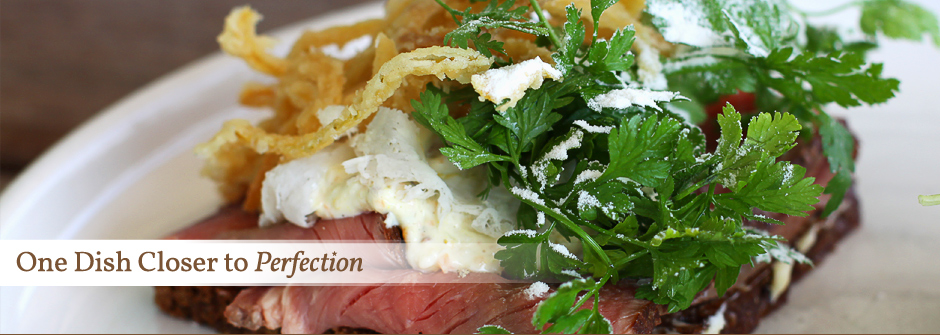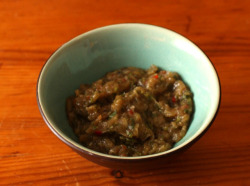Claudia's pomegranate and feta salad with mint and coriander
 Tuesday, December 28, 2010 at 10:44AM
Tuesday, December 28, 2010 at 10:44AM If you looked at the post I did yesterday showing the many delicious things I ate over Christmas, you may be surprised that the first recipe I am choosing to share is a humble salad. In reality it was far from humble; elegant, vibrant and sophisticated, for me it was the star of the show.
The salad is a wonderful balance flavours and textures. The casing of the pomegranate seeds, firm and crisp, give way to a plump, juicy centre, slightly tart in flavour. Cucumber adds extra crunch, contrasting with the soft, crumbly feta. The salty cheese also brings in the necessary savoury element, supported by the red onion, sumac and red wine vinaigrette. Coriander and mint are the final touches in this unrestrainedly refreshing summer salad.
 Vix |
Vix |  3 Comments |
3 Comments | 
